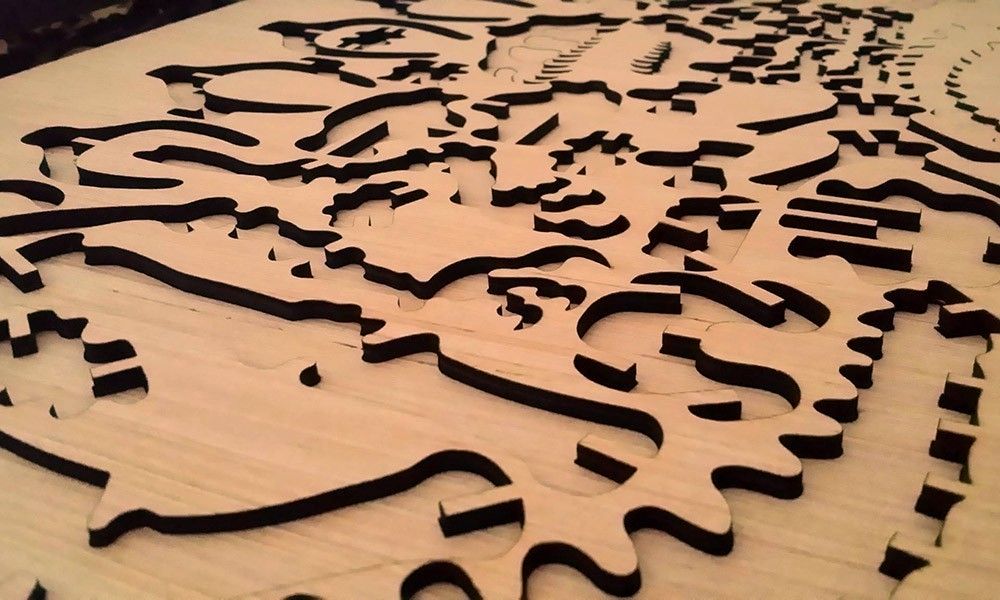
How a laser cutter works
They allow not only cutting out elements, but also engraving and marking, they are suitable for the automotive industry and machine construction, as well as for the production of stamps or stone engraving. Laser cutters use modern technology to create precise cuts in a very short time and with relatively little energy consumption – and we are talking about accuracy in the range of 0.001″ with thin material!
What is cutting with a laser cutter?
The beam that hits the material, depending on its type, heats it up to the temperature of melting or evaporation. This beam is monochromatic, which means that all its waves are of the same length. Additionally, thanks to the fact that the waves are almost parallel to each other, the beam radius is the same throughout the entire cutting and engraving time, which in turn ensures precision of work.
Application of a laser cutter
Wiele gałęzi przemysłu korzysta z precyzji, jaką daje cięcie wiązką światła. The most spectacular effects in terms of accuracy are achieved with thin materials – for this reason, the machine is eagerly used, for example, in the decorative arts, the paper industry or in the production of barcodes, QR codes and electronic components.
The great possibilities of precise marking and engraving make the laser used in traditional crafts and in the production of jewelry. Virtually any material can be marked, such as:
- plastic,
- aluminum,
- copper,
- mirror,
- ceramics,
- food.
Virtually any material can be engraved. This means a very wide range of applications for the laser cutter, both for decorative purposes and, for example, in the production of stamps, in digital printing or in the creation of smartphone and laptop elements.
Advantages of a laser cutter
In addition to universality, the strength of the device is high efficiency, as well as quiet and fast operation. The cutting speed is especially high with thin materials. Thanks to the small diameter of the radius, we do not waste any material, and the production of even very complex shapes is not a problem for the machine. It is also worth remembering about the low labor costs compared to other processing methods – especially when making a large number of elements.



 PL
PL
 DE
DE  RU
RU